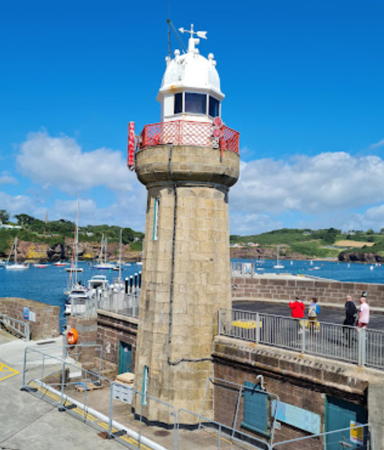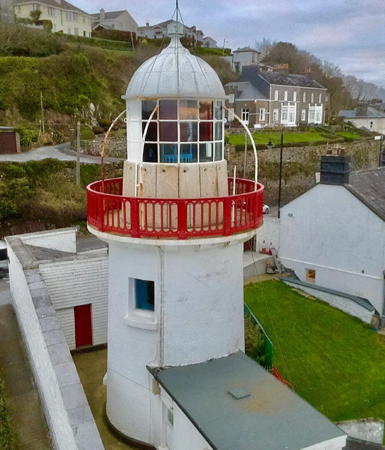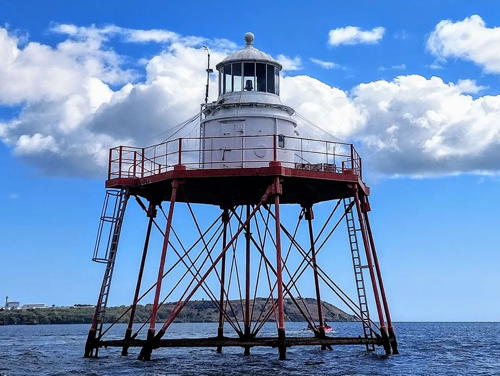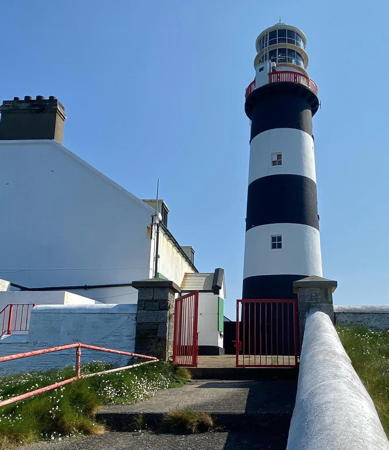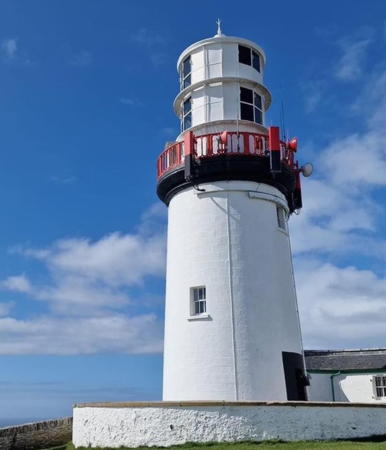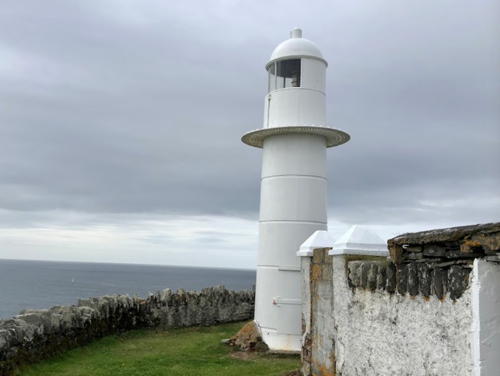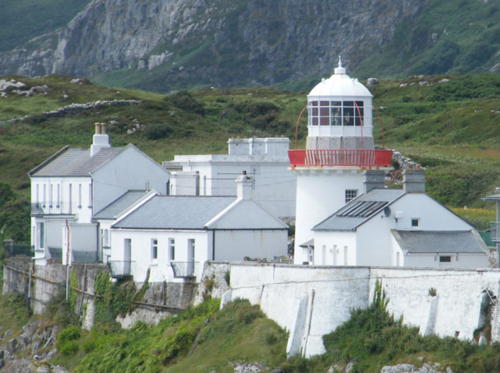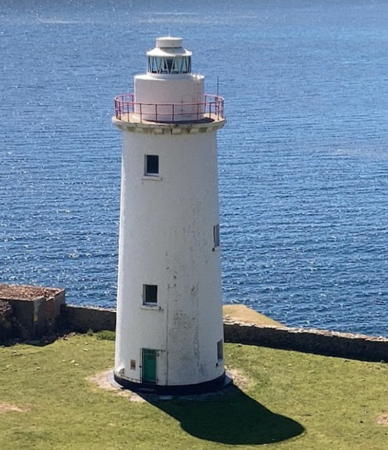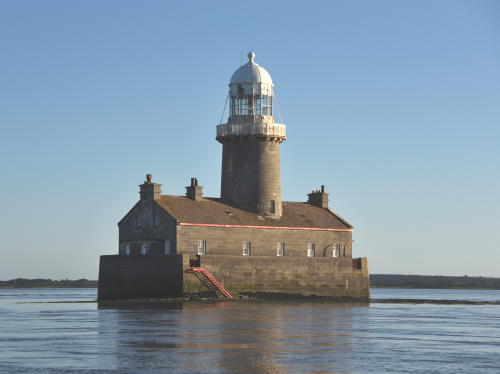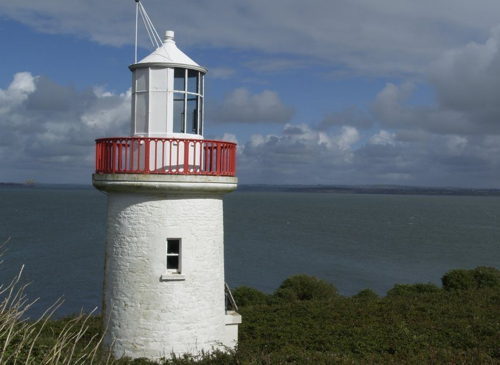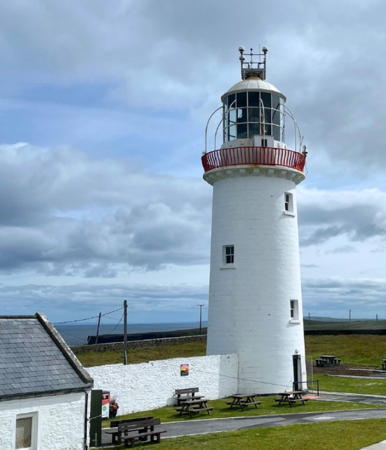The smaller of the two main British Isles, the island of Ireland is separated from Great Britain to its east by the North Channel, the Irish Sea, and St George's Channel. Ireland came under English rule in the 16th and 17th centuries and in 1801 the United Kingdom of Great Britain and Ireland was formally established. Following decades of struggle most of Ireland (about 7/8 of the island) became independent in 1922. The northern portion remained in the United Kingdom, forming the present United Kingdom of Great Britain and Northern Ireland.
The modern Republic of Ireland (Éire in Irish) includes 26 of the 32 historic counties of the island and has a population of more than 5 million. Some of the historic counties have been divided and there are now 31 county and city units of local government.
Ireland is traditionally divided into four provinces: Leinster in the east, Munster in the southwest, Connacht in the west, and Ulster in the north. These regions have no administrative function but they remain convenient divisions of the island. The Republic includes all of Leinster, Munster, and Connacht and one county of Ulster. This page covers lighthouses of Munster, including the counties of Waterford, Cork, Kerry, Limerick, and Clare.
This is a beautiful coast, often rugged, much of it exposed to the full force of Atlantic storms and very dangerous to ships. It is guarded by a series of handsome nineteenth century lighthouses, nearly all of them still in service under the maintenance of the Commissioners of Irish Lights. Founded in 1786 by the Irish Parliament, the Commissioners maintain coastal lighthouses in both Northern Ireland and the Irish Republic. Harbor lights are maintained by the local port authorities.
The Irish language is spoken commonly as a first or second language in Ireland. The Irish phrase for a lighthouse is teach solais (plural tithe solais). Oileán (plural oileáin) is an island, rinn is a cape, abhainn is a river, and cuan is a harbor. A lough (pronounced like the Scottish loch) is a lake or an inlet of the sea.
ARLHS numbers are from the ARLHS World List of Lights. CIL numbers are from the light list of the Commissioners of Irish Lights. Admiralty numbers are from Volume A of the Admiralty List of Lights & Fog Signals. U.S. NGA numbers are from Publication 114.
- General Sources
Commissioners of Irish Lights - Aids to Navigation - An interactive map leads to pages for each of the CIL lighthouses.
- Online List of Lights - Ireland - South Coast, Long Island Bay, and West Coast
- Photos by various photographers posted by Alexander Trabas.
- Pete's Irish Lighthouses
- Peter Goulding's informative blog on the lighthouses of Ireland.
- Great Lighthouses of Ireland
- This website provides information on twelve Irish lighthouses CIL has identified for tourism development. Four of the twelve (Ballycotten, Galley Head, Valentia Island, and Loop Head) are in Munster.
- Lights of Ireland
- Photos by John Eagle posted by Bill Britten on his Lighthouse Getaway site.
- Ireland Lighthouses
- Aerial photos posted by Marinas.com.
- Lighthouses in the Republic of Ireland
- Photos available from Wikimedia; many of these photos were first posted on Geograph.org.uk.
- World of Lighthouses - Ireland
- Photos by various photographers available from Lightphotos.net.
- Britische Leuchttürme auf historischen Postkarten
- Historic postcard images posted by Klaus Huelse. Irish lighthouses are at the bottom of the page.
- GPSNavigationCharts
- Navigation chart information for Ireland.
- Google Maps
- Satellite view of Munster.

Fastnet Light, Celtic Sea, July 2024
ex-Instagram photo by
devonbybikeboatboots
